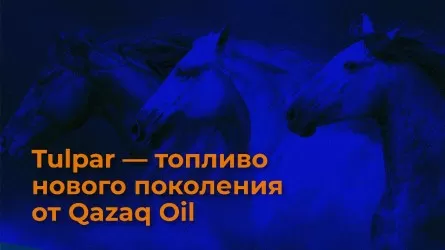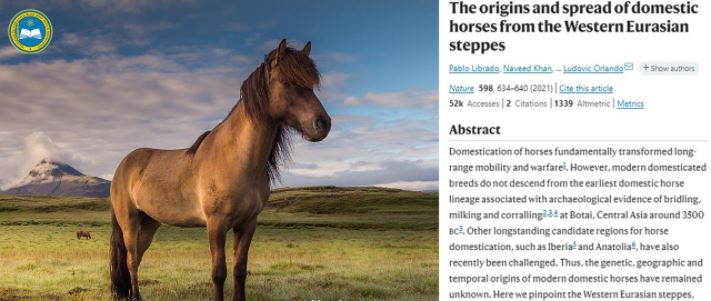The Astana Times – A group of foreign scientists and their Kazakh colleagues published an article titled “The Origins and Spread of Domestic Horses from the Western Eurasian Steppes” in Nature, an influential British magazine, based on their research, reports the Kazakh Ministry of Science and Education.
The scientists, who currently work at Al-Farabi Kazakh National University, Gumilev Eurasian National University, Toraighyrov University, Buketov Karaganda State University and Akhmet Baitursynov Kostanai Regional University, investigated the origins of modern domestic horses jointly with leading international scholars.
“162 scientists across the globe participated in the research headed by a French paleogeneticist from the University of Toulouse. The team of researchers included well-known Kazakh scientists, whose knowledge made a significant contribution to the research work. As a consequence, comparing ancient horses’ genomes from all over Eurasia, we have suggested that horses of modern type have been tamed near the Pontic–Caspian steppe approximately 2200 B.C. It then spread throughout the rest of Eurasia over several centuries,” said Viktor Mertz, professor and director of Margulan Archaeological scientific-practical center.
As scientists say, Eurasia was genetically inhabited by different horse populations in the Stone and Early Bronze Age. However, some fundamental changes have taken place between 2,200 and 2,000 B.C. Population genetics, which had previously existed only in the Pontic steppes, quickly spread beyond its native region, displacing all other wild horse populations from the Atlantic to Mongolia within a few decades.
They discovered two significant differences between modern horses’ genomes and populations they displaced. The first is related to more obedient, human-friendly behavior, and the second indicates a stronger spine.
Researchers suggest that these characteristics became crucial factors that ensured the spread of these animals and wheel transport in Eurasia at the end of third – at the turn of the third-second millennium B.C.
“It seems that the migratory waves of earlier Indo-European populations in the Eurasian steppes at the end of fourth – in the middle of third millennium B.C. could not be based on modern-type horses, as its domestication and distribution occurred later. The study demonstrates the importance of an interdisciplinary approach and the inclusion of animal history in the study of human migration and ethnocultural processes,” said Mertz.
Since the Kazakh people used to have a nomadic lifestyle, the horse has always had sacred significance for them above all other domestic animals. Horses were considered to be not only a means of transport, but also the close friends of people as, thanks to them, people could survive on the steppe. Since ancient times, both old men and infants, who had just started to walk, knew how to ride horses. Consequently, the horse became a national symbol of the country.















